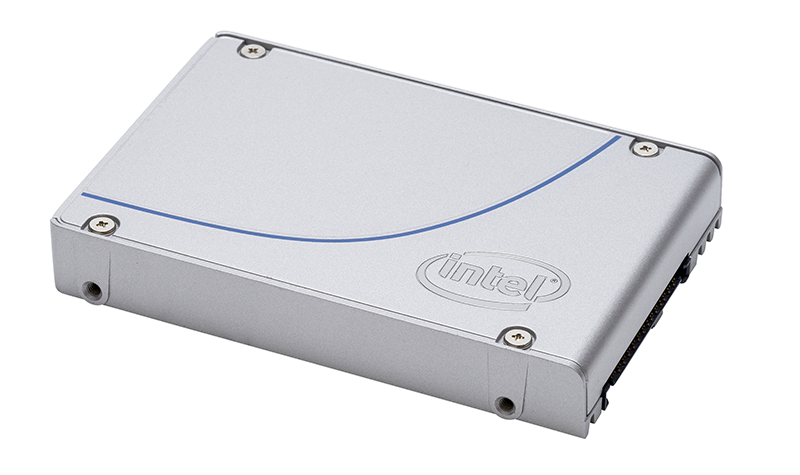Intel recently announced that it is shipping QLC SSDs. QLC is the next generation of the evolution past TLC where NAND can now store four bits per cell. The Intel SSD D5-P4320 is the first data center SSD announced using Intel’s new QLC technology. Storing more bits per cell means that the company can fit more storage onto a single device. In this case, the Intel D5-P4320 has a capacity of 7.68TB.
Intel QLC in the Data Center
Intel QLC NAND is certainly not targeted at traditional performance applications. The company has made great strides in its TLC performance, as we saw with our Intel DC P4510 Review. Instead, the technology is going to move TLC NAND away from the pure capacity tier and then push against the next level of warm storage hard drives.

As per-TB NAND prices fall dramatically with TLC, and capacities rise, the next level of hard drives become vulnerable to SSD replacement. All TLC capacity tier SSDs will quickly transition to QLC as they tend to be less concerned with endurance than cost, capacity, and density.
Intel SSD D5-P4320 Key Specs
From Intel’s slide deck about QLC, here are the key specs:

As you can see, these are low DWPD drives with 0.2 to 0.9 DWPD ratings. The read latency is relatively high. One will also notice that the write speeds are only about 1GB/s. This is nowhere near the 25GbE networking speeds that are becoming common and from Intel’s marketing, it is clear that these drives are designed to be used in large arrays.
On the other hand, Intel is making a continued push driving SATA out of the market in favor of NVMe with these drives. In terms of performing better than SATA, the simple move to NVMe gets you there.
Final Words
The Intel SSD D5-P4320 is the drive that we need. It is one of the drives designed to push SATA out of the market. Toshiba is another vendor following this trend, instead offering low-spec SAS drives which we covered in Toshiba RM5 Answers the Call of Replacing SATA with SAS3. These are also the first drives we have seen with Intel’s new SSD naming convention that we covered in Intel Revamps Data Center SSD Naming Conventions. There is one fact that is certain, SSD capacities are set to rise by many TB in the coming months as vendors transition to QLC.




Well… there’s an empty U.2 plug on my motherboard that otherwise will never get used. And 7.68TB would just barely be big enough to fit my (warm/worm) data library that is currently sitting on a single 8TB WD Red drive.
This computer is ~18 months old… the last one went 8-something? It could happen ;)
“This is nowhere near the 25GbE networking speeds that are becoming common and from Intel’s marketing”
This makes me cry when thinking the mainstream is still at 1 Gbps and pathetically tries to introduce 2.5 / 5 Gbps instead of (at least) 10 Gbps (with tiny exceptions)